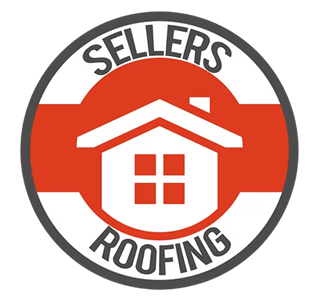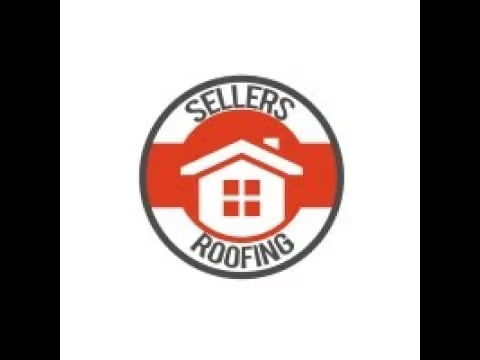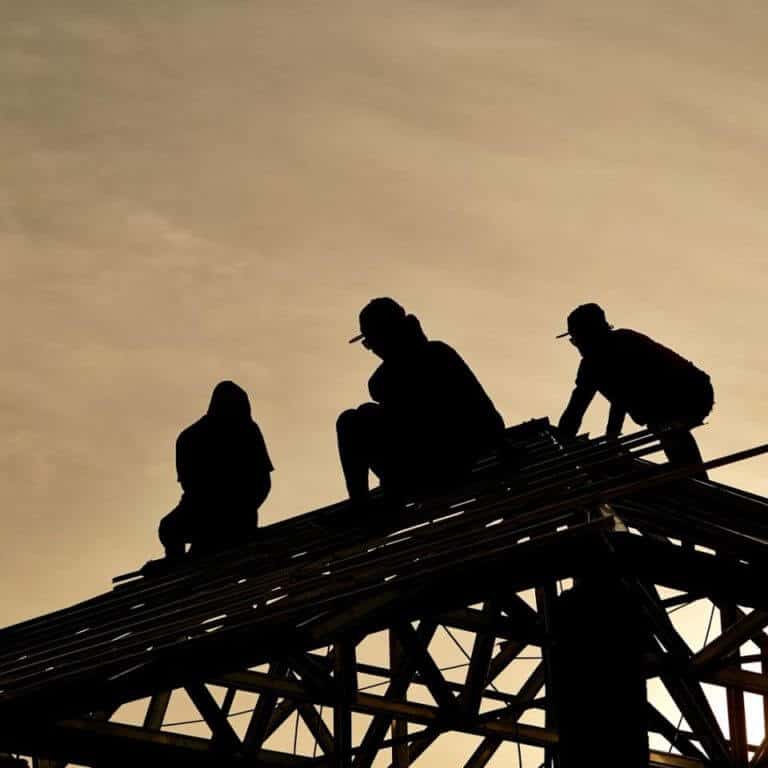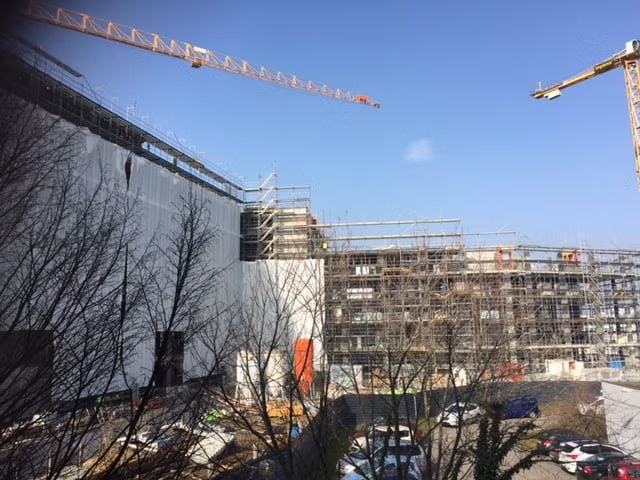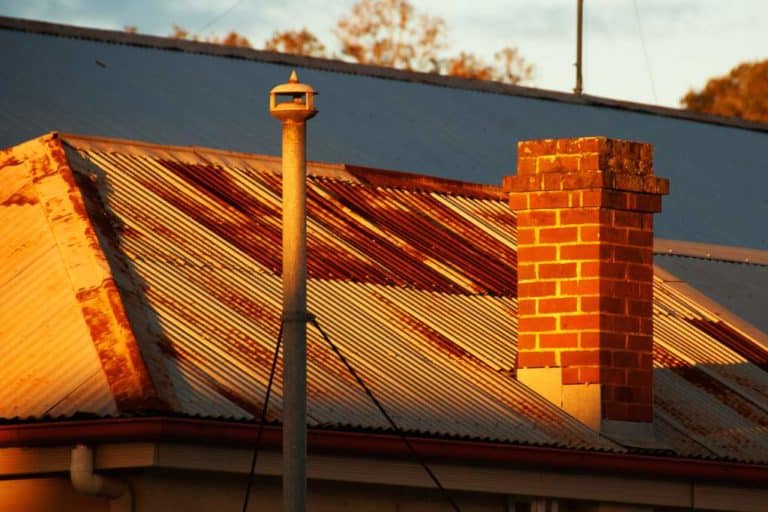Whether you’re buying a home with one or thinking of installing, here’s what to
know.
Whether you’re putting a roof on a replacement home, or your existing roof requires a complete makeover, there are many materials available. But regardless of what roof style you go with most metal roofs will work due to their longevity, minimal maintenance, and energy efficiency.
Material choices includesteel (galvanized, galvalume, or weathering), aluminum, copper, zinc, and tin. Product types are vertical seam, pre-formed panels, and granular coated panels. Style choices allow you to possess the design of shingles, slate, tile, shakes, or vertical panels.
Confirm your metal roofing product is tested, labeled, and listed with a testing organization like UL, FM Approvals, or Intertie to satisfy rigorous wind, fire, and impact resistance rating requirements. Please also remember that installation can vary from geographic location, manufacturer guidelines, and as a result of local code
requirement
Advantages of metal roofs
Metal roofs offer many benefits, including:
Longevity. Metal roofs can last 40-70 years, counting on the fabric. Traditional asphalt roofing materials have estimated anticipation of roughly 12-20 years.
Durability. If installed correctly, some metal roofs can sustain wind gusts up to 140 miles per hour, won’t corrode or crack, and should be impact-resistant (depending on which product you choose). Additionally, metal roofs don’t need the periodic costly maintenance that other roofing materials often require. However, they ought to be inspected periodically to form sure no repairs are required.
Safety. Metal roofs won’t spark and ignite into flames during a wildfire or lightning strike.
Energy efficiency. Metal roofs reflect the sun’s UV and infrared rays that contribute to roof surface radiant heat, which may end in a 10-25% reduction in cooling costs.
Environmentally friendly. Metal roofs not only have 25-95% recycled content, counting on the fabric used, but also are 100% recyclable at the top of their life as a roof. In contrast, most shingle tear-off waste finishes up as a part of the building-related waste stream — up to twenty billion pounds per annum.
Disadvantages of metal roofs
Despite their many advantages, metal roofs have some potential drawbacks.
Affordability. Metal roofs are often the maximum amount as two or 3 times costlier than other roofing materials. While the lifetime of a metal roof is far longer, investing in a metal roof only is sensible if you propose to remain in your home long enough to enjoy the valuable benefits.
Noisiness. Metal roofs could also be noisier during an important rain or hailstorm than other products counting on the sort of decking used during installation (spaced or solid). Adding more attic insulation can sometimes solve this problem, but it will increase costs.
Expansion, contraction, and fasteners. Metal building material assemblies that are attached as large panels are designed to expand and contract as they are warm and funky. However, both exposed and concealed fasteners have varying lifespans. counting on the climate, neoprene washers and therefore the screws used during installation may degrade and become dislodged over time.
Inconsistency of color match. If a repair is required or a home extension is added years later, it’s going to be difficult to seek out a particular match to the prevailing metal.
Performance. If water accumulates anywhere on the roof due to poor-quality installation or repair, it can eventually cause serious damage.
Types of Metal Roofing
When you hear the phrase “metal roof,” your thoughts likely go towards a steel roof, but the term encompasses a way larger sort of material. Counting on your location and environment, the sort of fabric is going to be an important initiative to choose which direction to travel.
While an aluminum roof is a superb option for resisting rust in salty, coastal regions, its durability factor is often much less than other materials. Steel, copper, and zinc metal roofing materials even have their pros and cons.
Copper Roofing – Pros & Cons
- Considered to be the grandfather of metal roofing, copper roofs are used for hundreds of years around the world. Copper is a particularly long-lasting metal that in ideal environments can last overflow 200+ years. Copper roofs are 100% recyclable too, making them wonderful green roof options.
Aluminum Roofing – Pros & Cons
- If copper is that the Range Rover of roofing, then Aluminum Roofing Materials are easily considered to be the beach buggy of roofing. stick with us here. Take a Volkswagen Beetle; achieve the doors, the roof, and every one unneeded feature. Seal off the essentials to stop salt spray, add a roll cage, and upgrade the suspension. Throw some nice sand tires on the thing and take it for a cruise along the beach… you now have the vehicle that best describes the strength and corrosive durability of an Aluminum roof.
Zinc Roofing – Pros & Cons
- Who remembers the first Humvee? a particularly durable and dependable machine that would take you anywhere you needed to travel, yet at a reasonable price. This is often Zinc in a nutshell. Zinc is a tremendous metal, ready to use its patina to heal scratches over time, plus stay strong for over 100 years. The natural properties of Zinc make it a favorite for commercial projects thanks to its ability to be easily formed and manipulated into amazing shapes. While the chalking of Zinc over time isn’t considered an appealing aspect of the metal, it is often cleaned and controlled to an extent.
Tin Roofing – Pros & Cons
- Tin Roofing is an often-requested item by enthusiasts round the us and Canada. The term “tin roofing” is employed interchangeably with metal roofing, steel roofing, or galvanized steel. In fact, tin is really a rarely used sort of metal for roofing. Tin it is a component, like Copper or Zinc. Tin was introduced as a canning material, which was then adapted by rural Dyers who flattened out the fabric and used it as a shingle when other materials weren’t available
